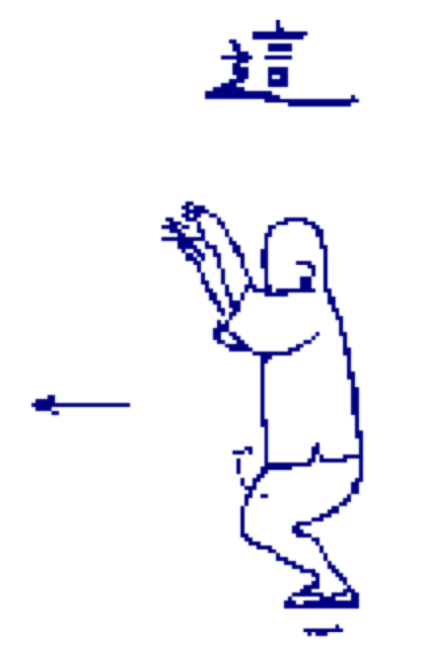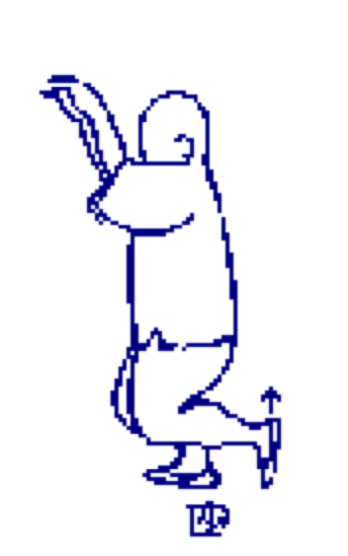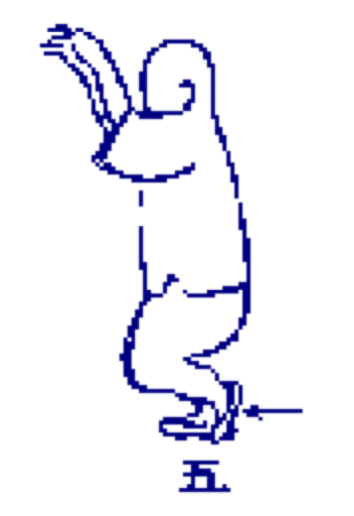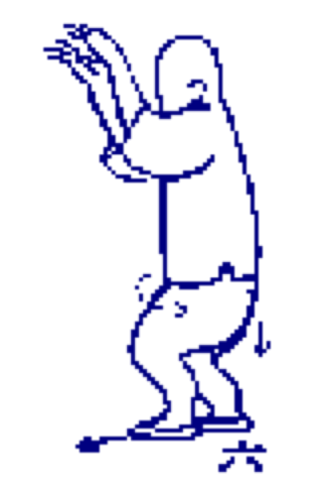

Ancient Taoism in Contemporary
Management Training & Martial Art


MARTRIX ORG.
Get your feeling working!
MARTRIX ORG.
Get your feeling working!
Ancient Taoism in Contemporary
Management Training & Martial Art


• HOME • About MARTRIX • Workshops • Trainers • Management Training • Coaching • Intuitive Boxing • Taikiken • Hachidankin • Baduanjin • 99-Taijiquan • Longevity • MartriX Exclusive Shop • Video Clips • Downloads • BrainQuakes• Index Page • Links • E-mail • HOME Nederlands •






Taikiken - Kination
Menu: TaiKi
The spontaneous way
What is Taikiken
Objective of Taikiken
Theory Taikiken
Taikiken Ritsu Zen
The six directions of power
Taikiken Han Zen
Taikiken Yuri
Taikiken Hai
Taikiken Hakkei
Taikiken Suishu
Taikiken Kumite
HAI WALKING - MOCA BU
Hai - Moca bu is steps practice.
It is very similar to yuri - shi li, so It can be called legs yuri - shi li.
Also here you must be relaxed, but at the same time feel some resistance, like friction (moca means friction).
The easiest way to do this is to imagine that you are neck deep in mud, and that you are trying to walk through it.
But it's important that you feel resistance with whole body (like in shi li) and not only in legs. Our aim is feeling "force" in every part of body.
As Wang Xiangzhai said:
"No part of body is not like a spring".
Whole body moves in coordination:
"When upper part of body moves, lower part follows it, when lower part moves, uppers part leads it".
Just like in yuri - shi li the movements shouldn't be "mechanical".
We must be alert all the time, ready to stop ("as if meeting obstacle") or change direction of movement.
Our mental attitude should be as if walking on the edge of a ravine or on thin ice.
When stepping, it is important that your lower body be as relaxed as your upper body when you are relaxed; and to be as strong as your upper body when you push or pull. It’s easy to disconnect the upper and lower halves of your body. There cannot be whole body power with any disconnects.
Some steps are: Friction stepping - Crawling - Bear Stepping - Half Step
Movement and Stillness
The alteration of the firm and the yielding is the movement and the stillness of Change. When there is attention in stillness, there is perceptivity in action. When there is autonomy in stillness, action can be decisive.
When there is certitude in stillness, actions are auspicious. Stillness is the foundation of action, action is the potential of stillness.
Tension
Relaxation in tension, and tension in relaxation are like this. They are never far from one another because they are aspects of the same thing, and always have the potential to change from one to the other, and back again. The difference of potential between one’s relaxed and tense states, and the speed that one can make the transitions, will determine the extent to which one can issue force.


Stillness is the foundation of action,
action is the potential of stillness.

© MARTRIX org. Design by:
TheFeel.org multimedia
https://martrix.org
info@thefeel.org
Last modified
May 2025
